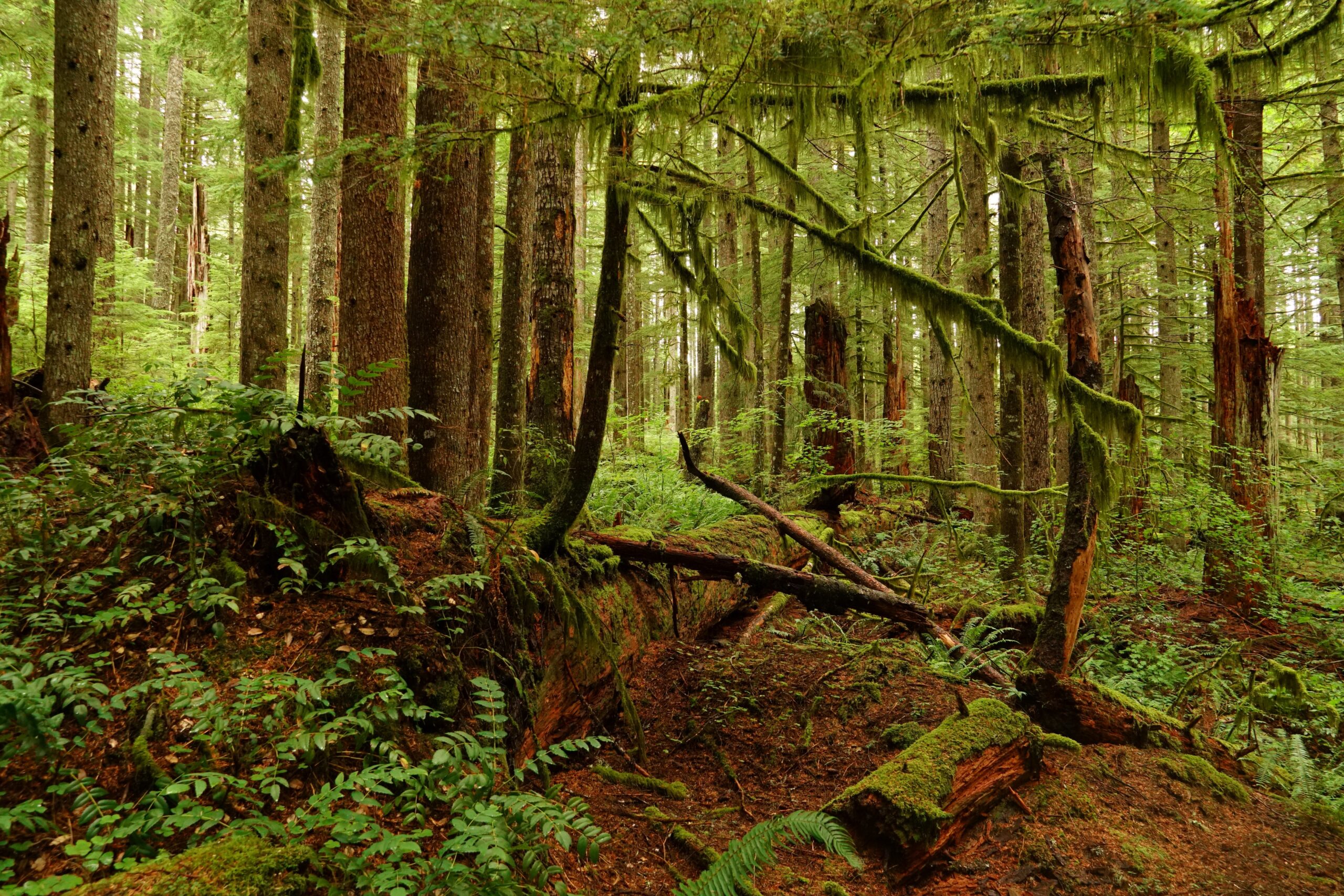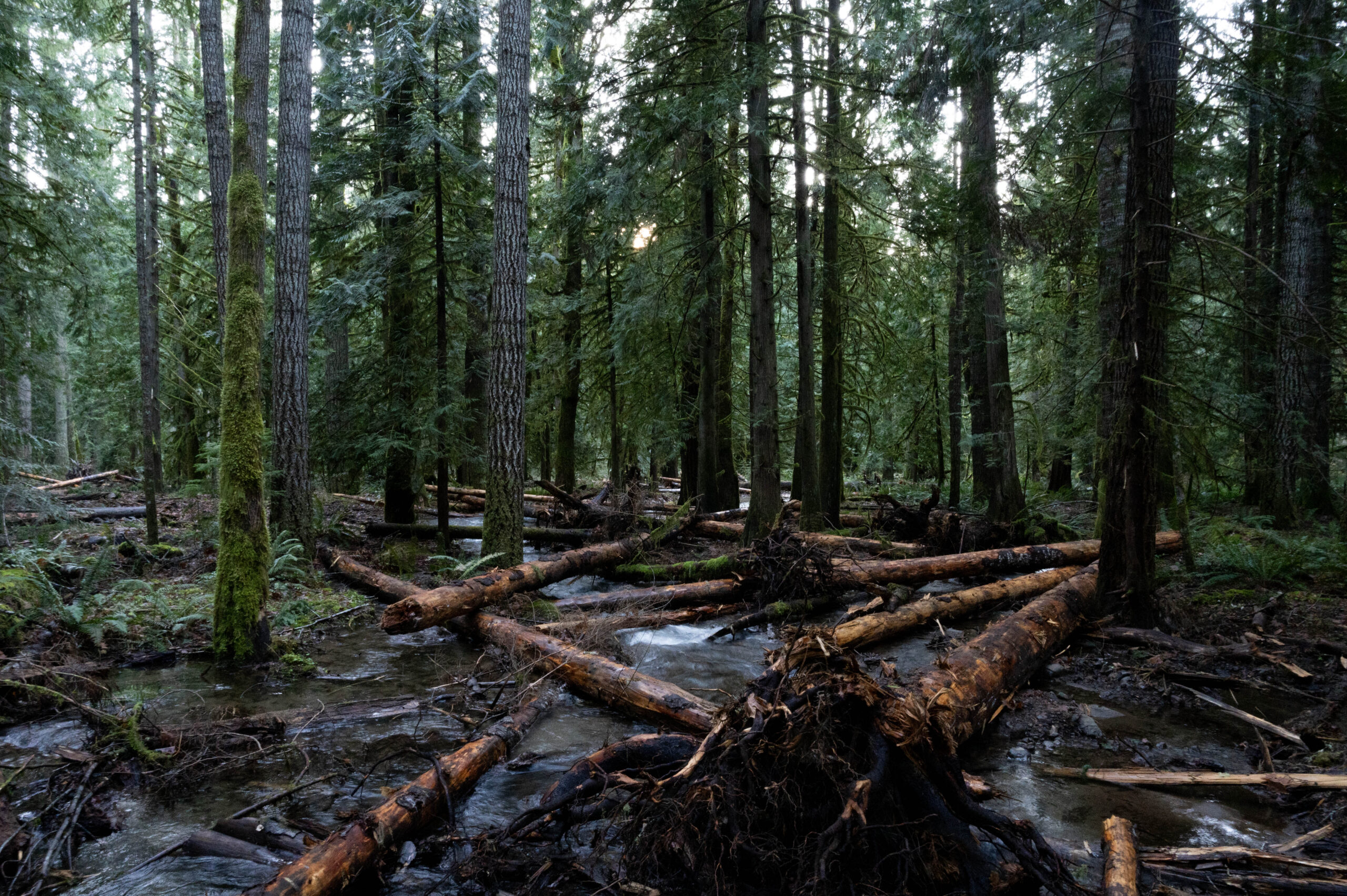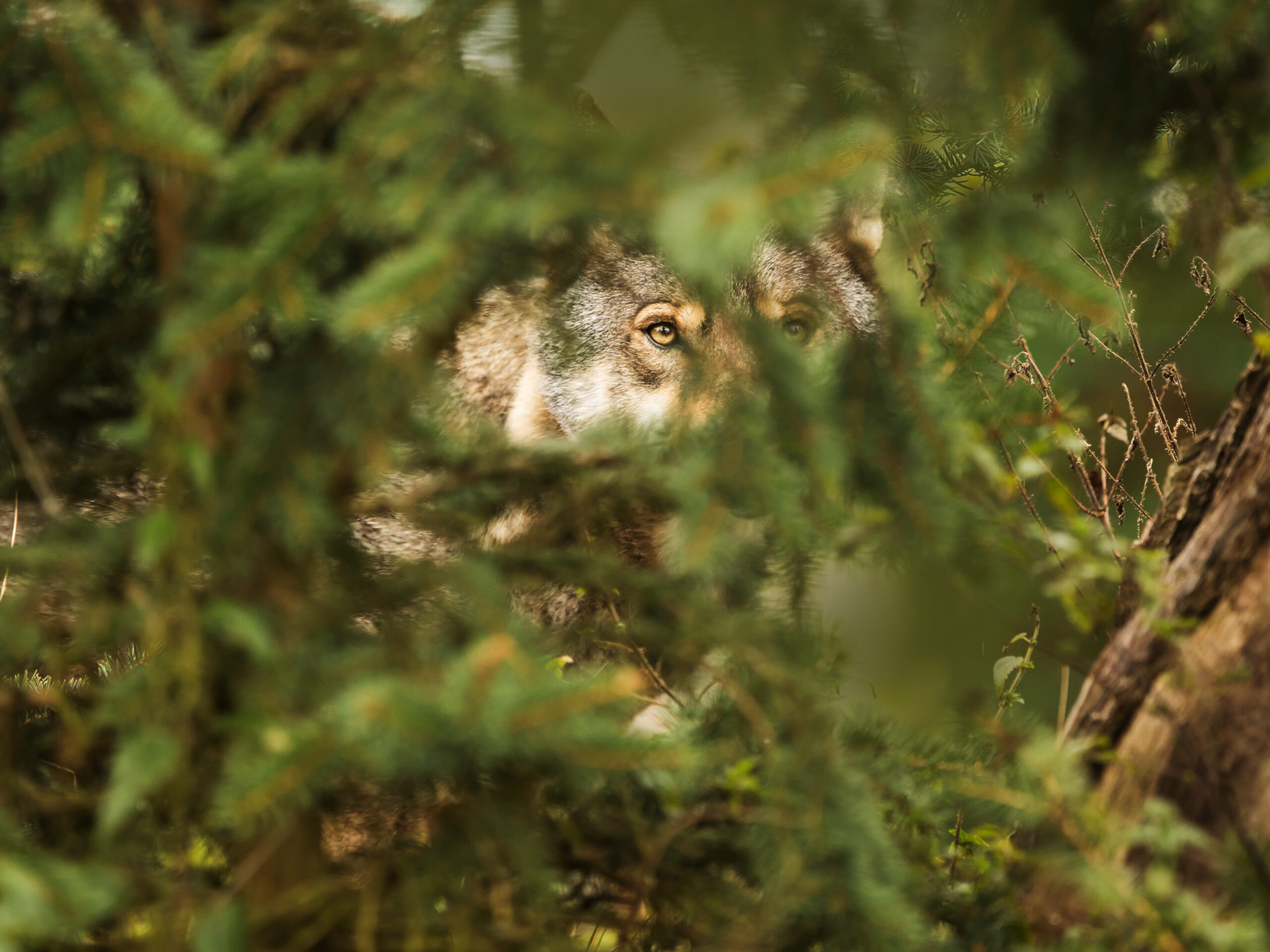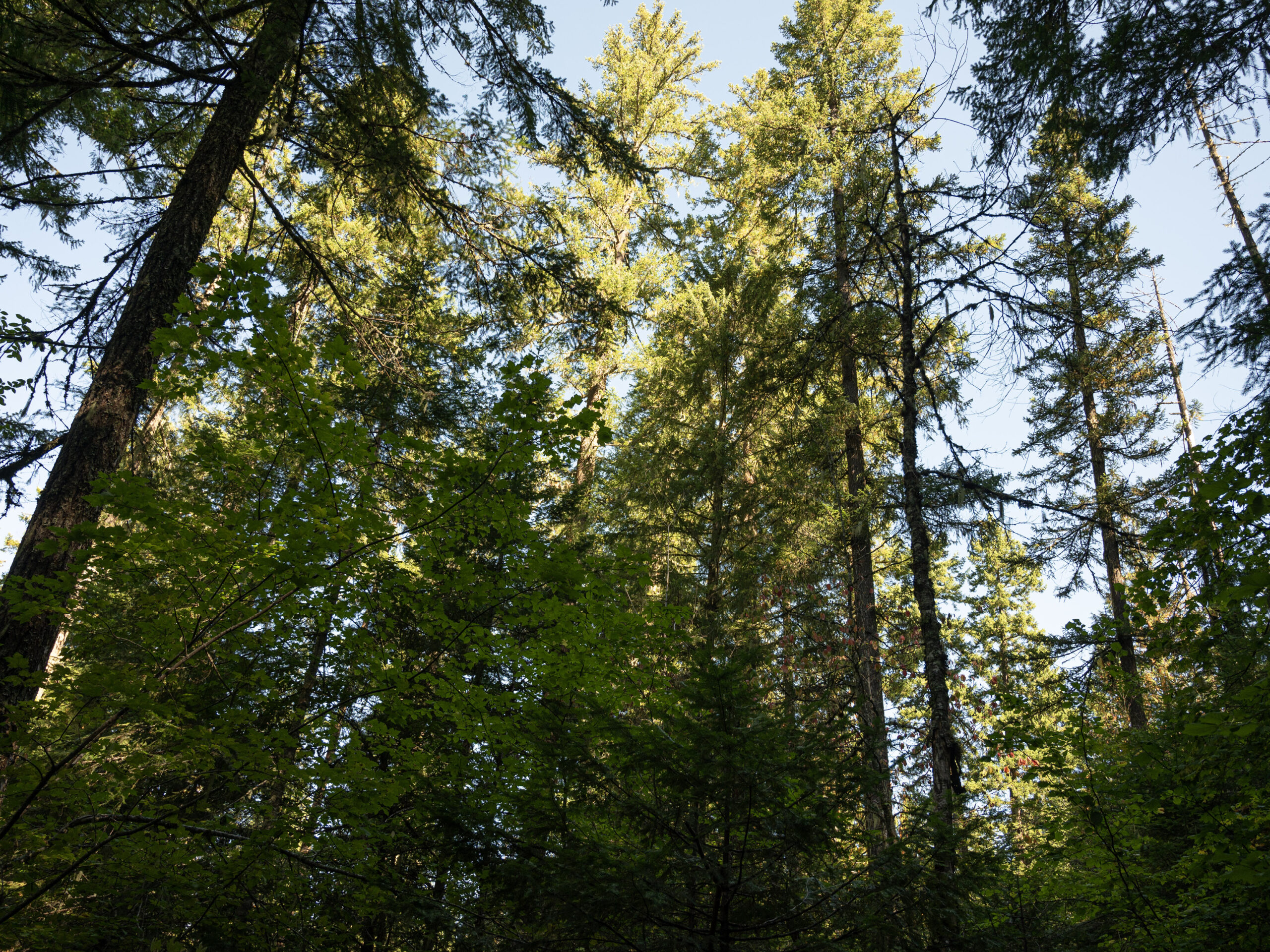[vc_row row_type=”row” use_row_as_full_screen_section=”no” type=”grid” angled_section=”no” text_align=”left” background_image_as_pattern=”without_pattern” css_animation=””][vc_column][vc_column_text]
By Dameon Pesanti, The Columbian
[/vc_column_text][vc_empty_space height=”35px”][/vc_column][/vc_row][vc_row row_type=”row” use_row_as_full_screen_section=”no” type=”full_width” angled_section=”no” text_align=”left” background_image_as_pattern=”without_pattern” css_animation=””][vc_column][vc_single_image image=”94″ img_size=”full” alignment=”center” qode_css_animation=””][/vc_column][/vc_row][vc_row row_type=”row” use_row_as_full_screen_section=”no” type=”grid” angled_section=”no” text_align=”left” background_image_as_pattern=”without_pattern” css_animation=””][vc_column][vc_empty_space height=”75px”][vc_column_text]
Canadian Company Applies for Mining Permissions
[/vc_column_text][vc_separator type=”normal” color=”#444444″ thickness=”3″][vc_empty_space height=”75px”][vc_column_text]January 27, 2016
The U.S. Forest Service and the Bureau of Land Management on Jan. 6 released a modified environmental assessment for the Ascot Resources Goat Mountain exploratory drilling permit application. The move attracted attention from environmental and conservation groups and U.S. Sen. Patty Murray, D-Wash.
The Gifford Pinchot Task Force, the group that previously sued to block the drilling, claims the new document is identical to the one struck down in court in July 2014, in which Ascot detailed plans to search for copper, silver, gold and other minerals by drilling 63 holes at 23 different sites just north of the Mount St. Helens National Volcanic Monument boundary near the headwaters of the Green River. That proposal had been approved by both the Forest Service and the Bureau of Land Management in 2012.
Gifford Pinchot Task Force Executive Director Matt Little said the group wasn’t surprised to see the permit surface again.
“This is that next round where they are attempting to respond to the judges’ orders, I’m guessing to make a more complete application,” Little said.
He acknowledged that the permits are only for exploratory drilling, not the mine itself, but said the agencies were not seeing the entire picture.
“It seems like the agencies have blinders on when they’re reviewing only one portion with the drilling permit, and not the project overall,” he said.
The task force tried unsuccessfully to stop the drilling with an administrative appeal, then was victorious in U.S. District Court in Oregon when Judge Marco A. Hernandez found a 2012 analysis and approval of the plan to be inadequate and in violation of the National Environmental Policy Act. The exploratory drilling never happened.
In the fall of 2014, Ascot, the bureau and the Forest Service filed notice to appeal but dropped the motion that December.
Robert Evans, chief financial officer and director of Ascot Resources, said that the bureau and the Forest Service worked methodically for more than a year to address the issues identified by the court, but he still expects pushback from the task force.
“We anticipate that the Gifford Pinchot Task Force will do whatever it can to delay this project, however we continue to be heartened by the strong support we receive from the people of Lewis and Skamania counties,” Evans wrote in an e-mail.
Indeed, Little said the group will rally public opposition to the project, but they won’t stop there.
“If they approve this, then we’ll consider our legal options at that point,” he said.
Public comment
The final day for public comment on the environmental assessment is Feb. 4. However, the task force, 20 other conservation and environmental groups and Murray sent letters to the Oregon and Washington state offices of the Bureau of Land Management asking for an extension to the public comment period.
“An extension of the comment period to the full 90 days allowed by federal regulations would ensure interested stakeholders have ample opportunity to examine potential impacts and generate comprehensive comments regarding the proposal,” Murray wrote in a letter dated Jan. 22.
The Forest Service purchased the land for the proposed project with money from the Land and Water Conservation Fund. The Washington Department of Fish & Wildlife designated the Green River a wild steelhead gene bank in March 2014.
[/vc_column_text][vc_empty_space height=”35px”][vc_row_inner row_type=”row” type=”grid” text_align=”left” css_animation=””][vc_column_inner][vc_gallery interval=”0″ images=”164,161,145″ img_size=”full” onclick=””][/vc_column_inner][/vc_row_inner][vc_empty_space height=”75px”][/vc_column][/vc_row][vc_row row_type=”row” use_row_as_full_screen_section=”yes” type=”grid” angled_section=”no” text_align=”left” background_image_as_pattern=”without_pattern” css_animation=”” css=”.vc_custom_1465592094531{background-color: #96d1ae !important;}”][vc_column][vc_row_inner row_type=”row” type=”grid” text_align=”left” css_animation=””][vc_column_inner][vc_empty_space height=”125px”][latest_post_two number_of_columns=”3″ order_by=”date” order=”ASC” display_featured_images=”yes” number_of_posts=”3″][vc_empty_space height=”75px”][/vc_column_inner][/vc_row_inner][/vc_column][/vc_row]






